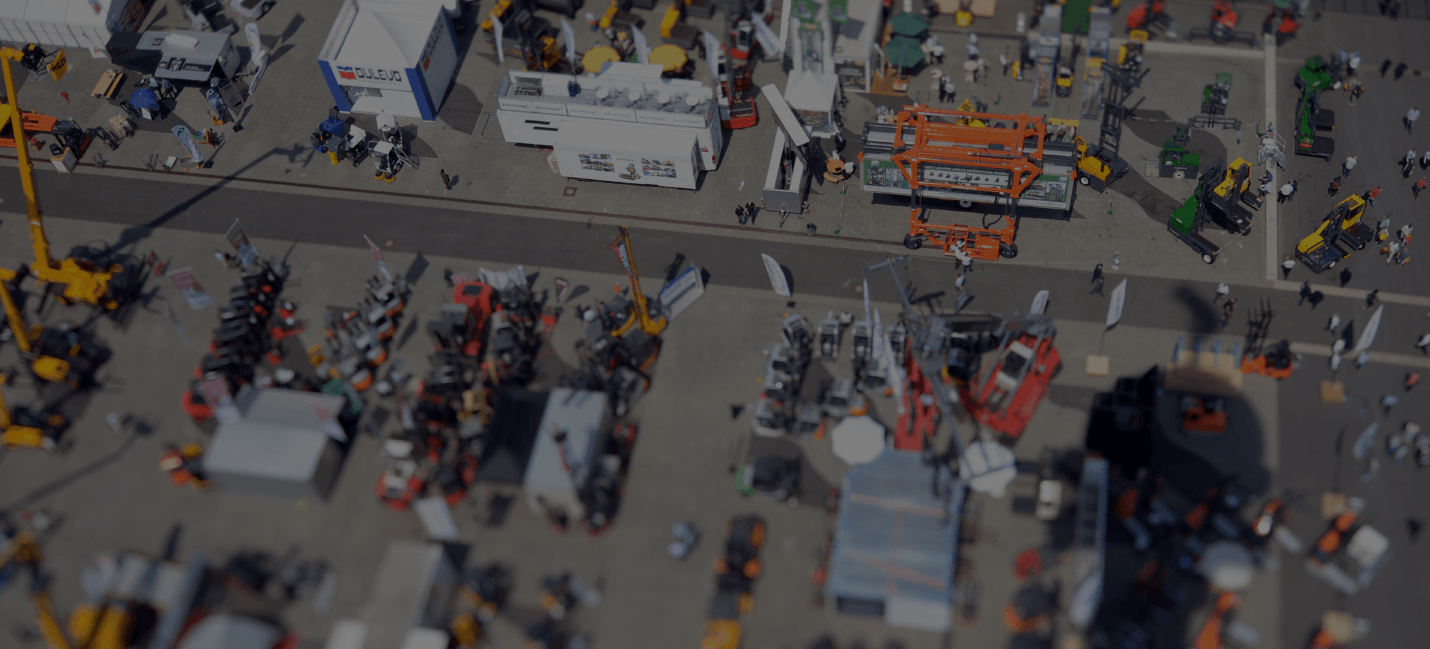What’s in store (in-store) for retailers?
Peter Birtles is a widely recognised expert known for his roles as non-executive director, mentor and advisor in the retail and consumer goods industries.
During a recent CeMAT Australia Supply Chain Pandemic Discussion, Peter offered up some wisdom regarding a range of pressing issues for retailers including risk management, automation and tech investment partnerships.
However, there was one topic that kept cropping up in the discussion in Peter’s insights and in the questions submitted by webinar attendees:
What is going to happen to bricks and mortar retail stores post-pandemic?
Here are Peter’s key takeaways:
The escalation of e-tail
Even before COVID 19, there was a growing shift to a more dominant online retail model, but this could be the tipping point. Escalation of that trend is likely now due to the attractive cost structures and flexibility that it brings.
Bricks and motor stores will still be around
The customer wants to shop the way the customer wants to shop; today it could be online and tomorrow they may want to physically visit a store. It’s important to be able to meet those demands and to provide customers with a place they can go to talk to your team and to experience the products firsthand.
Stores will become more about engagement than fulfillment
A retailer’s physical presence will become more of a marketing investment. Stores need to evolve to become a place of experience and engagement rather than simply a place of purchase. They need to be somewhere the customer can go to form a connection with the brand and where they can go to get information, to sample and test, and to see and be inspired.
The debate over shopping centre leasing agreements will ramp up
There are landlords that have put large amounts of capital investment into building shopping centres and fitting them out to high standards - and these landlords are looking for a return. Moving from a fixed price lease to a more flexible version is problematic. However, the disruption caused by COVID 19 will result in many retailers demanding a more turnover based rental structure.
An omni approach offers opportunities for both large and small businesses
An omni retail model consists of digital, bricks and mortar and an integration of the two. In the coming years, we may see large scale, multi-located businesses reduce the volume of physical stores available to customers while redirecting budgets towards developing their digital offerings. However, in an age when personalisation is important and expected, consumers will still be attracted the smaller, niche outfits that have something unique to offer the neighbourhood as well as affordably reach a wider community online.
Sustainability will matter more than ever before
The Coronavirus has prompted people to reflect more on where and how materials and products are sourced. It will result in a greater demand for sustainability.
This discussion – where Peter discusses more COVID 19 related retail issues - is available for you to watch in full.


